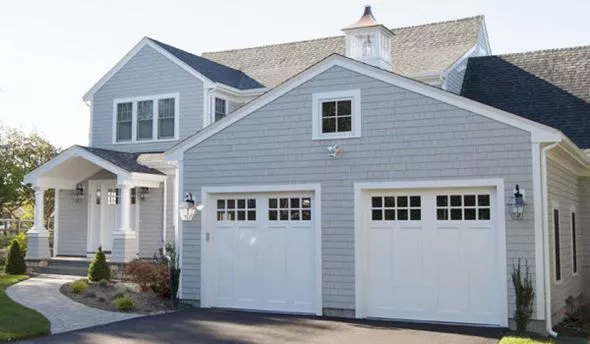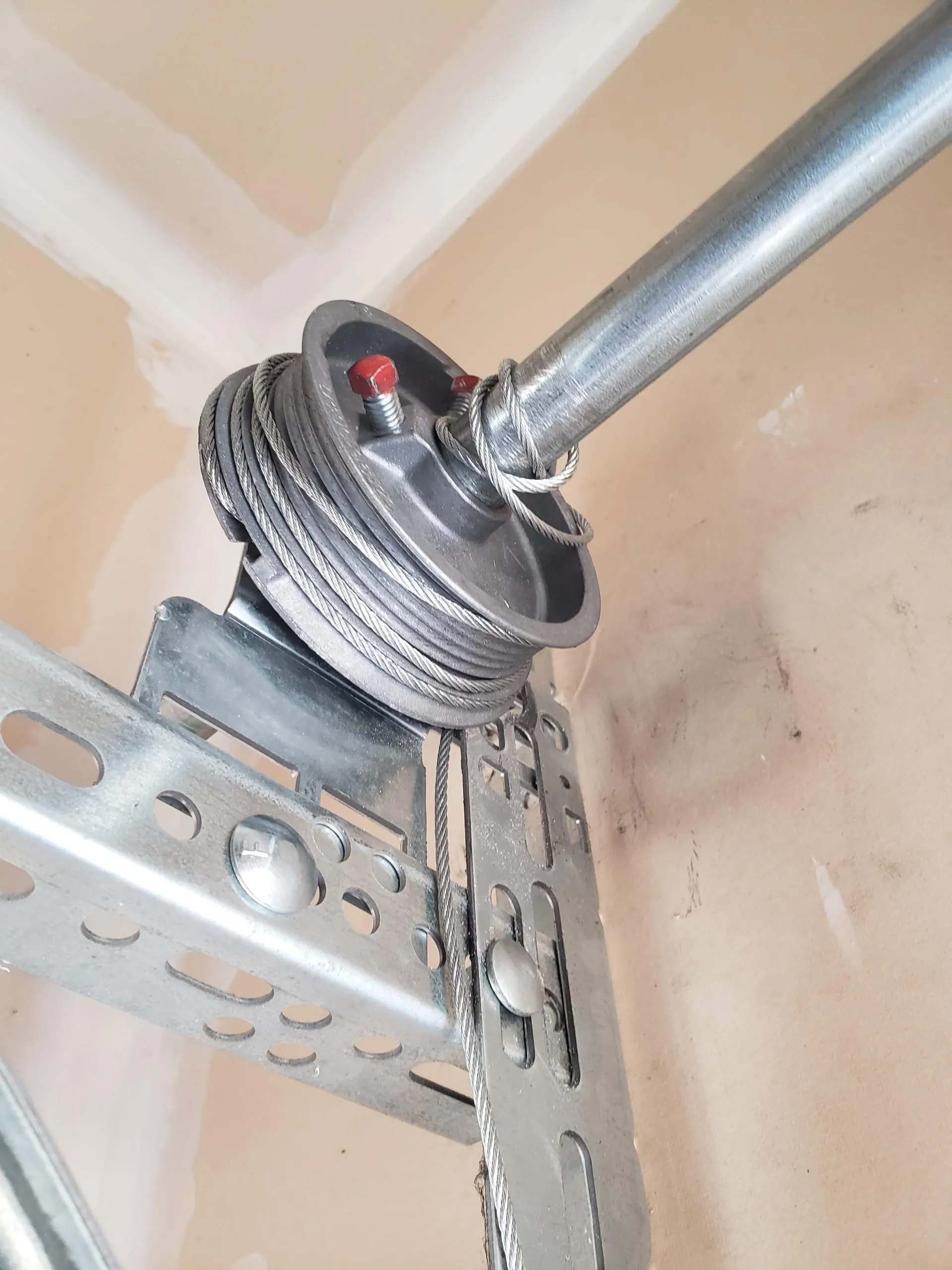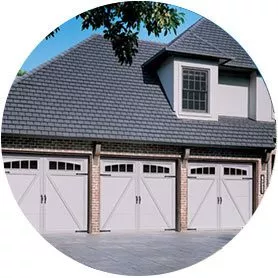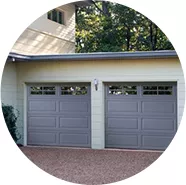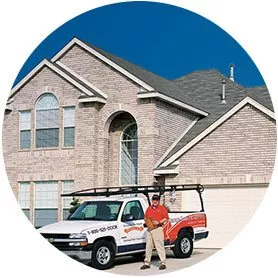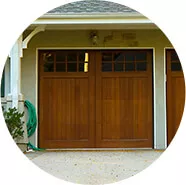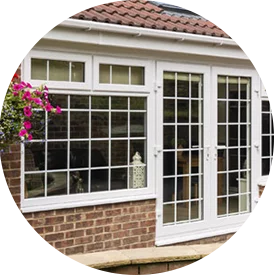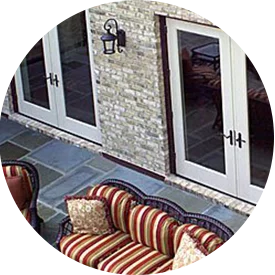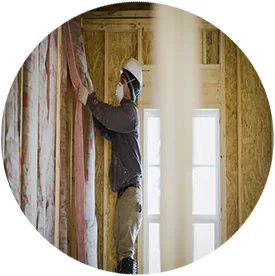Imagine pulling out of your driveway, confident that your garage door is safely closed behind you — only to return home and find it mysteriously open. It’s a rare but unsettling occurrence, and while it may feel like your garage door has a mind of its own, there are several reasons why this could happen.
From electrical issues to simple mechanical glitches, these problems can often be fixed. At Overhead Door Co. of Indianapolis & Muncie, we’ve helped thousands of residents across Central Indiana troubleshoot and resolve unexpected garage door issues, and we’re here to help you, too.
The Cause of Your Garage Door Opening By Itself
If your garage door opens on its own, it’s important to understand the potential causes.
Garage Door Remote Controls
One common reason a garage door can open on its own is the remote control. If the button on your transmitter is stuck — whether from wear and tear or from being pressed by something — it could continuously send a signal to open the door. This could happen if your remote is in a cluttered drawer, a glove compartment, or even under a pile of belongings in your car.
Remote controls with low or dying batteries can also sometimes send random signals, resulting in your garage door opening without warning. To fix this, check all your remotes, replace their batteries if necessary, and make sure none of the buttons are stuck.
Identical Transmitter Frequencies
Older garage door openers programmed with positioning clips can sometimes share the same frequency as a neighbor’s system. This means that, unknowingly, your neighbor could open your garage door when they open theirs. If you suspect this is the case, pay attention to whether your garage door opens when your neighbor’s does.
It’s rare but still possible for frequencies to overlap in newer garage door models. If this happens, clearing the transmitter history and reprogramming your remotes should fix the issue. Each garage door opener has a specific process for this, so it’s best to consult your owner’s manual or call a professional for help.
Misaligned or Dirty Garage Door Sensors
Your garage door sensors are designed to detect obstructions and ensure that the door can close safely. However, if the sensors are dirty or misaligned, they can prevent the door from closing all the way, causing it to reopen. Cleaning the sensors and checking that they’re properly aligned can solve the problem and stop your garage door from operating unexpectedly.
Electrical Circuit Damage
Sometimes, the cause of your garage door opening on its own can be related to electrical circuit damage. Weather events like thunderstorms or power surges can damage the circuits responsible for controlling your garage door opener, leading to erratic behavior.
If you’ve experienced recent electrical issues, it’s worth having a professional inspect your garage door opener’s circuits. In some cases, an electrician may be needed to repair the damage and fix the problem.
Incorrect Garage Door Limit Settings
Garage door openers are equipped with limit switches, which control how far the door travels when opening and closing. If the limit settings are incorrect, your door may be trying to close at the incorrect point, triggering it to reverse direction and open again.
Resetting your garage door opener limit switches or adjusting the settings can fix this problem. However, if you don’t feel comfortable trying this on your own, calling a professional is a good idea to avoid further complications.
Call Overhead Door Co. of Indianapolis & Muncie for Garage Door Repair
If you’ve tried troubleshooting these common issues and your garage door is still opening on its own, it’s time to call in the professionals. Overhead Door Co. of Indianapolis & Muncie has over 80 years of experience in garage door repair, and our team is available 24/7 for garage door emergencies.
With affordable, high-quality products and highly trained technicians, we’ve helped countless residents across Northeast Indiana resolve their garage door issues.
Contact our team today to request garage door repair in Marion County.


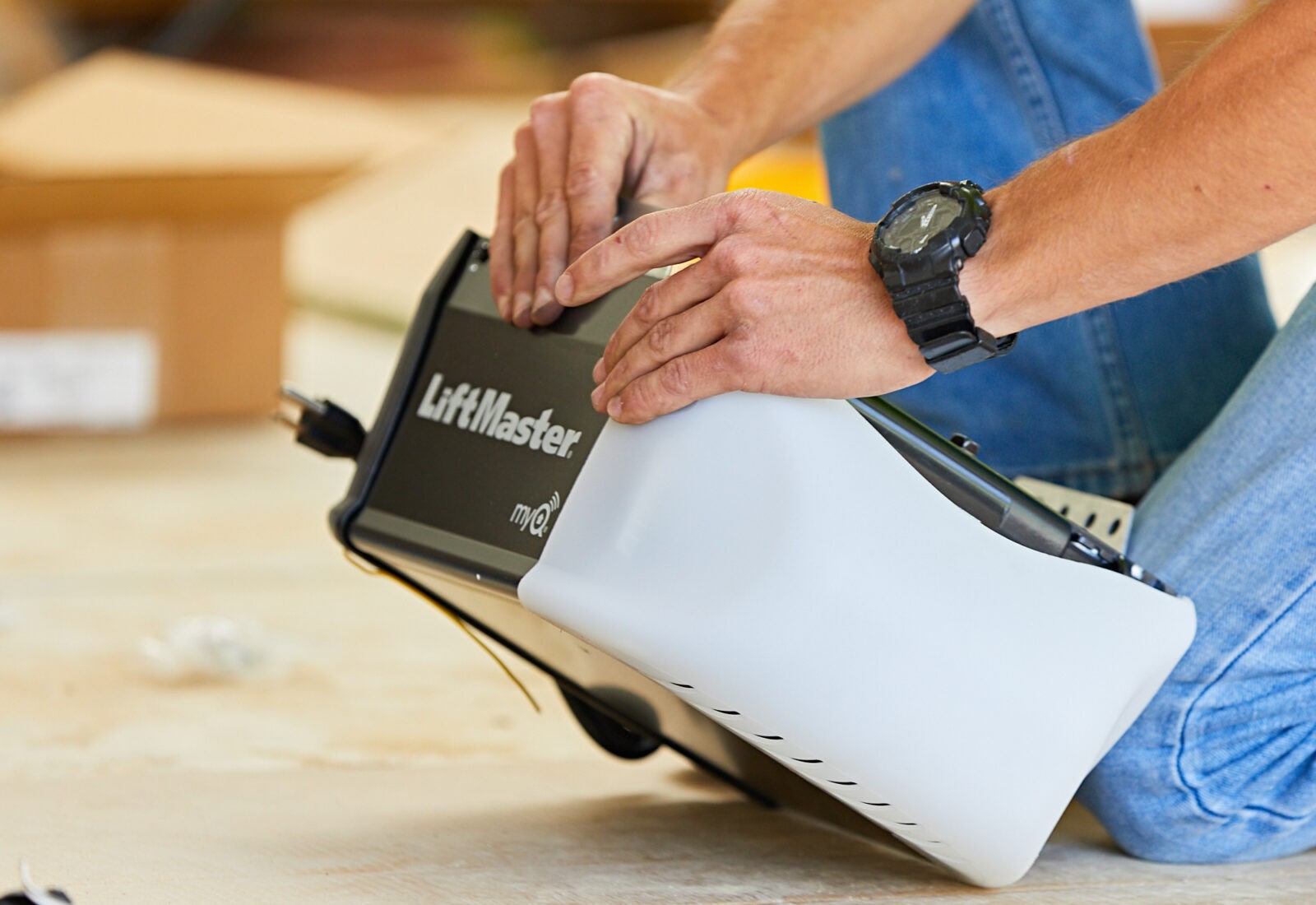
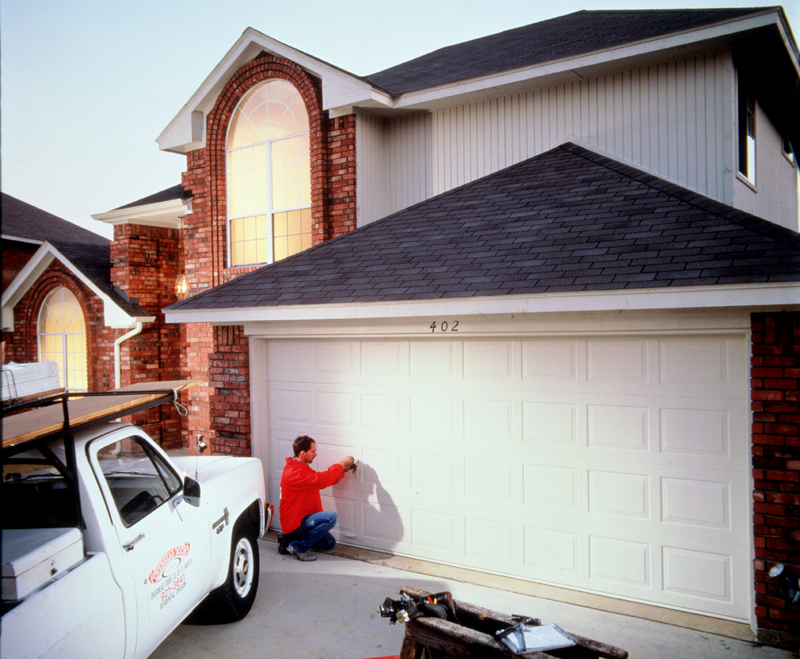
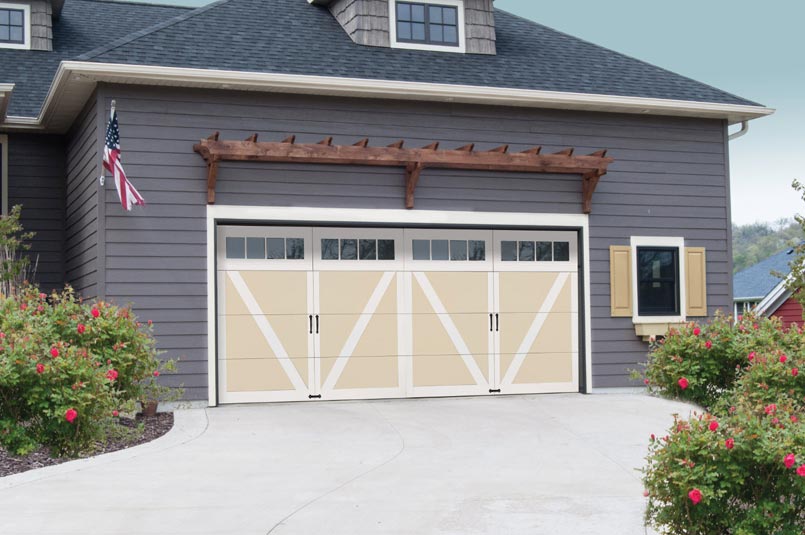

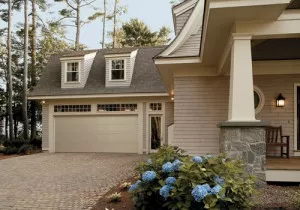

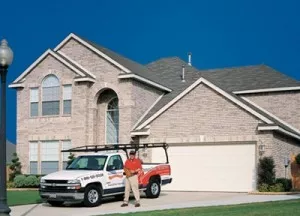
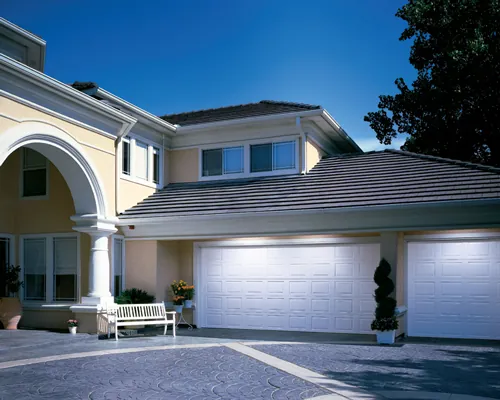
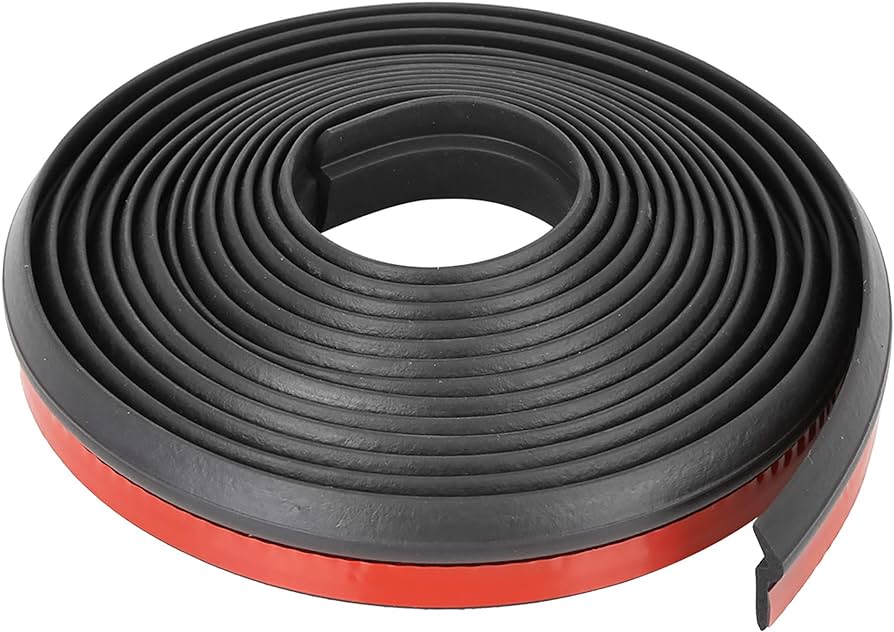
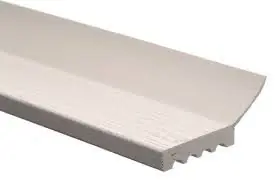
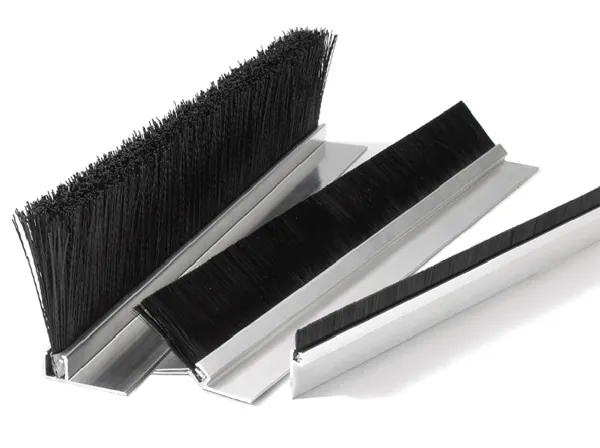
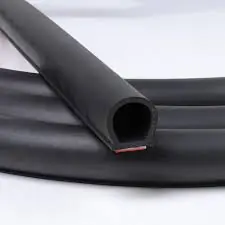

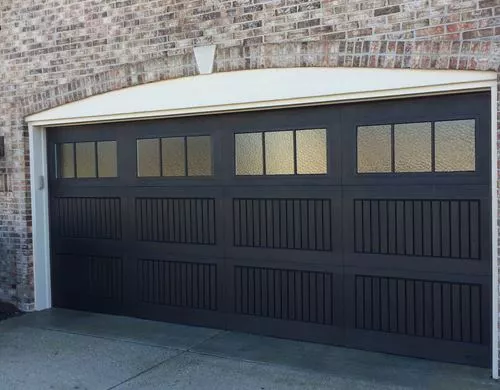 Having trouble with a garage door that seems to stop midway through either opening or closing? While this problem can be hair-pull-worthy, it’s actually a fairly common concern, and one that often comes with a simple solution.
Having trouble with a garage door that seems to stop midway through either opening or closing? While this problem can be hair-pull-worthy, it’s actually a fairly common concern, and one that often comes with a simple solution.